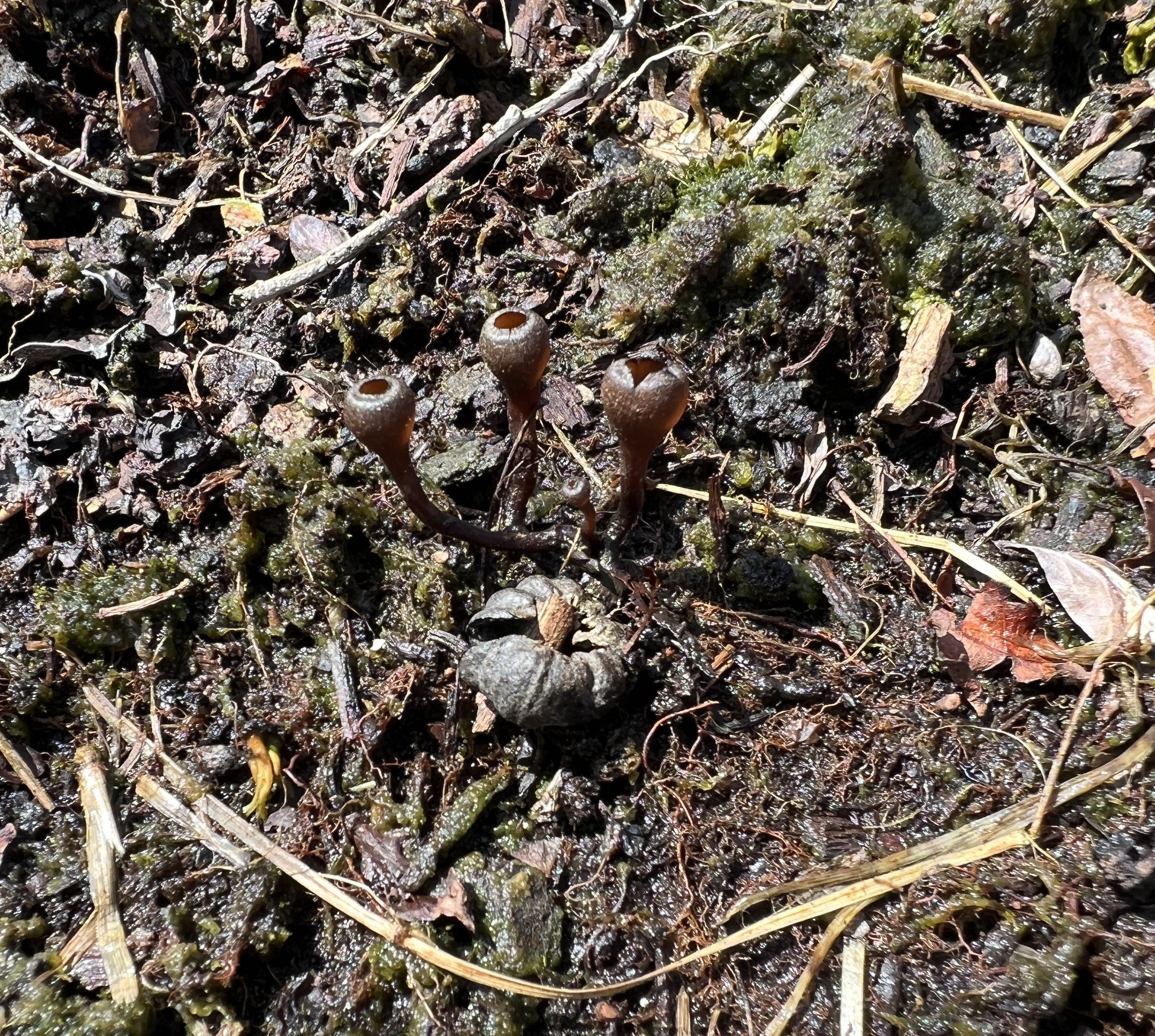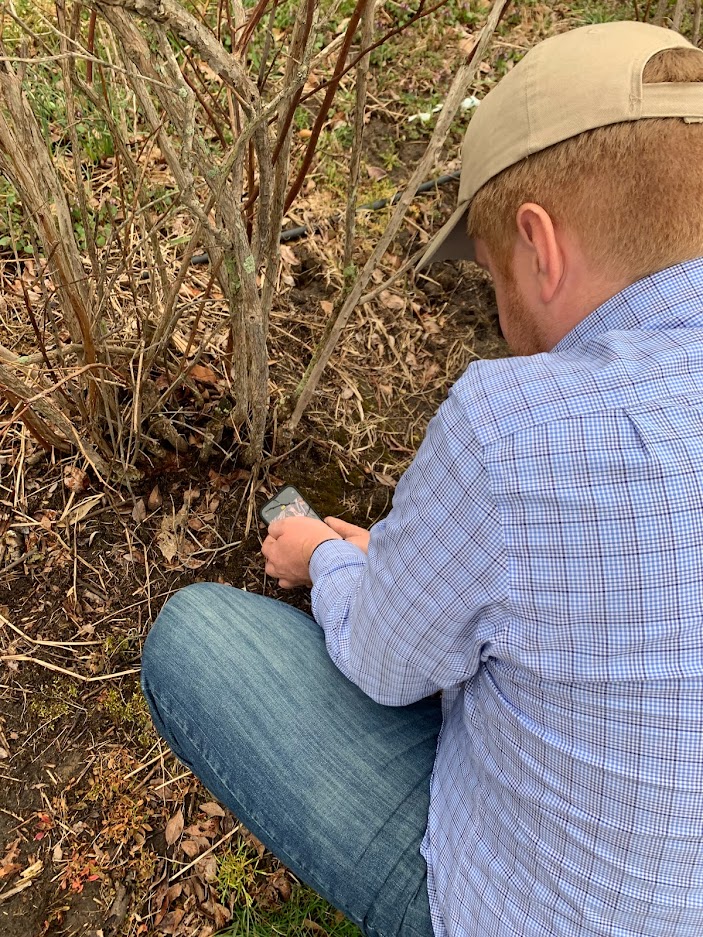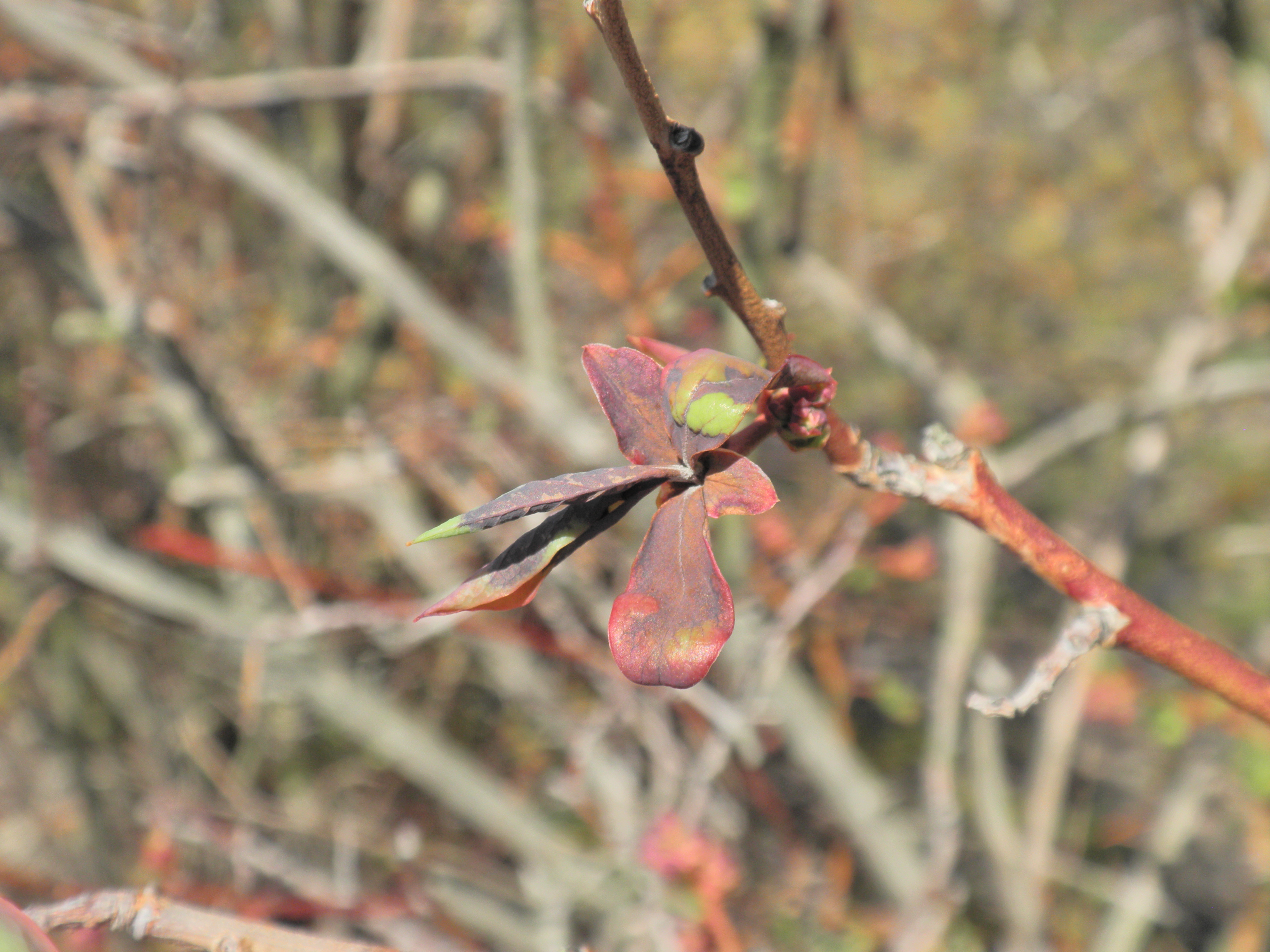Blueberry pest? Don’t guess—test: Mummy berry
Spring is a great time to be scouting for mummy berry in your blueberry fields.

Mummies are not just in ancient Egypt; they make an annual appearance in blueberry fields across the state of Michigan. While they have become less common, that does not make the curse of mummy berry any less serious. Mummy berry is caused by the fungus Monilinia vaccinii-corymbosi. The fungus kills young, vegetative shoots and can also infect fruit making them inedible. Additionally, losing young shoots to mummy berry can cause a reduction in yield the following year.

Mummy berry gets its name from the infected fruit which mummifies and falls off the bush every year. These mummies overwinter on the ground and serve as source of primary inoculum for the following spring. In the spring, once the weather starts to warm up, the mummies form apothecia which are small cup-shaped mushroom-like bodies that are filled with ascospores. Ascospores are what cause the primary infections on young leaf tissue. Without the leaf tissue, infection cannot occur.

Mummies look like tiny black pumpkins, smaller than a penny, and are often covered with leaf litter or partially embedded in the soil. You will have to get down and look very closely for these, they are easy to miss. Scouting hotspots and places you have historically had problems with first is always a good idea. Hotspots for mummy berry are often near forested areas and wet parts of the farm.
Removing and disposing of the mummies or burying them at least 2 inches deep with mulch reduces potential inoculum and helps fight mummy berry. Unfortunately, we often need to revert to fungicide applications to control this disease. Typically, fungicides belonging to FRAC code 3 (e.g., Indar, Cevya or Tilt) and chlorothalonil are usually the most effective products. There are several biologically based fungicides a grower might consider using near bloom to protect pollinators that have been effective in recent research trials (e.g. Lifegard, or Stargus).

The first symptom of mummy berry disease in the spring is wilting of young leaves and shoots accompanied by a browning of the midribs and lateral leaf veins. Browning caused by mummy berry occurs in an oak-leaf pattern along the main leaf vein. Eventually, the entire shoot dies and looks like a shepherd’s-crook. Shoot strike is often used to describe blighted shoots. When humidity is high, tan to gray powdery spores can develop on the infected shoots.
Occasionally, individual flowers or whole flower clusters may also become blighted. Flower strikes are less common than shoot strikes and may be confused with blossom blight caused by other fungi. However, the layer of gray spores on the stem of the flower is a key diagnostic characteristic of mummy berry. The blighted tissues eventually dry up and fall off the blueberry bush.
If you find blighted leaves or flowers and are not sure if it is caused by mummy berry, you can send in a sample to Michigan State University Plant & Pest Diagnostics for testing. Here are some tips for sending in blight samples:
- Select plant material showing a range or progression of symptoms.
- Make cuttings of 8-10 inches in length with blossoms and leaves.
- Send a minimum of five to 10 cuttings per bush.
- Make sure the plant material is still alive.
- Place plant material in a resealable plastic bag.
- Do not add wet paper towels or any form of extra moisture to the samples.
- Always keep the collected materials cool prior to shipping.
- When mailing samples, package samples in a box and ship them with overnight or priority delivery.
For more information about mummy berry, please consult the E-154 Fruit Management Guide and the Mummy Berry Michigan Blueberry Facts sheet. For extra help in diagnosis, “Twig and blossom blights in Michigan blueberries” explains other blights that can be confused with mummy berry.
Questions?
- MSU Plant & Pest Diagnostics: 517-355-4536, pestid@msu.edu
- Cheyenne Sloan, blueberry and small fruit educator: 269-657-8213, sloanche@msu.edu
- Carlos Garcia-Salazar, small fruit educator: 616-994-4545, garcias4@msu.edu
- Timothy Miles, Extension specialist for small fruits and hops: 517-355-3964, milesti2@msu.edu



 Print
Print Email
Email




